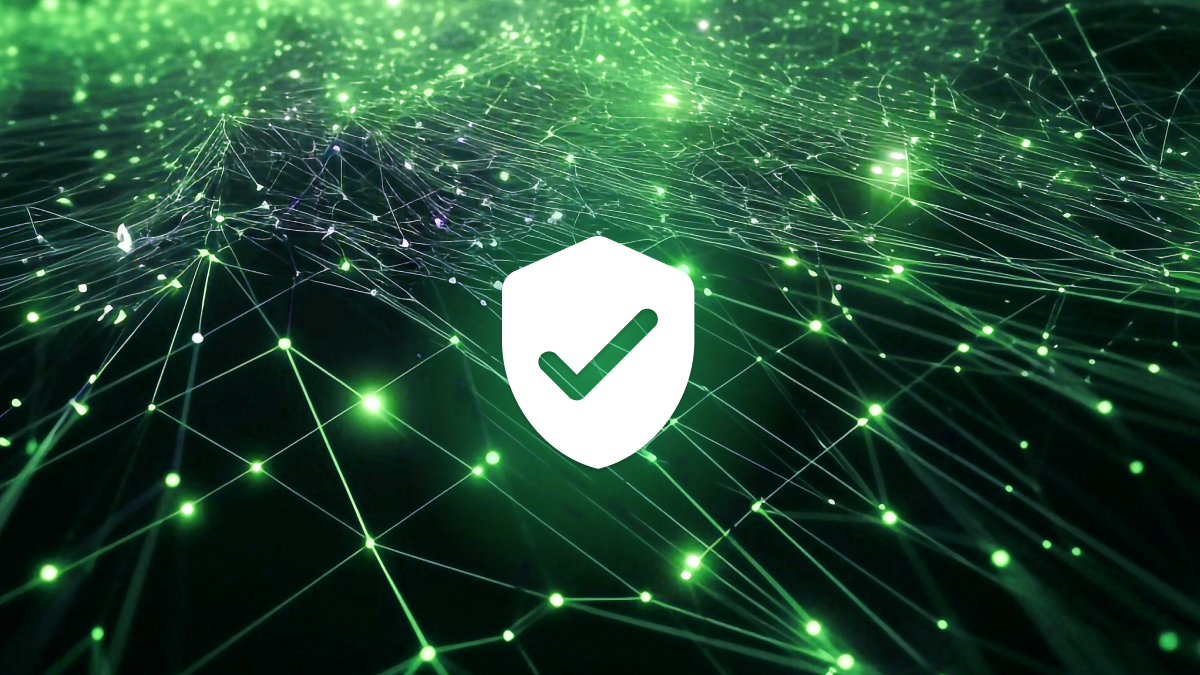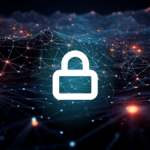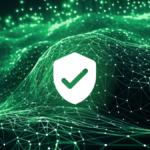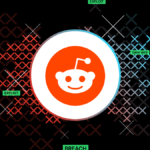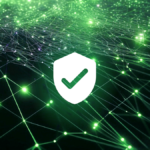Data loss has long been a challenge for organizations. Even in the good old days when company data was stored on-premises, worries about data loss kept IT and security leaders up at night.
Today’s waking nightmare, of course, is the threat of data loss through SaaS applications and cloud infrastructure. In this environment, securing data is more challenging than ever before.
The cloud is limitless, accessible on any device in any location at any time. Sensitive corporate data could be hiding anywhere and exfiltrated by anyone if you’re not careful.
While IT and security teams attempt to control this data, it’s much more challenging when it lives in third-party infrastructure. Administrators are often left to use flimsy native authorization controls that are unique to each application. Not only is configuring each SaaS app laborious, but the controls aren’t dynamic enough to meet security and compliance needs.
As a result it’s no wonder that 91% of CISOs say they suffer from moderate or high stress, while 65% of SOC professionals say stress has caused them to think about quitting.
How zero trust can improve SaaS data security
All is not lost, though. There is a way for IT and security leaders to regain control over their data in cloud applications through the use of a zero trust model.
Zero Trust security is an IT security model centered around the concept that organizations should verify every person and device attempting to access their systems and data, whether they are inside or outside the network perimeter, before permitting access. In essence, it’s the idea that no digital entity can simply be trusted to be who they say they are.
Zero Trust is not associated with one particular type of cybersecurity solution. It is more of a holistic approach, taking into account numerous technologies that are used in tandem, including multi-factor authentication, encryption, data loss prevention (DLP), identity and access management and endpoint security solutions.
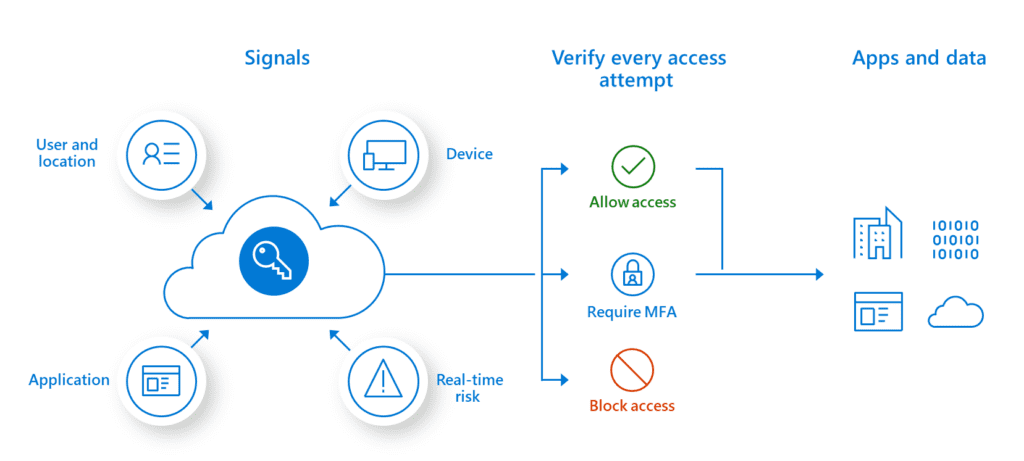
Zero trust requires organizations to adhere to three core pillars, as defined by National Institute of Standards and Technology (NIST 800-207):
- Continuous verification of access for every element
- Limiting the impact of a potential breach
- Collection of behavioral data to facilitate faster incident response
Here’s where things get a little more complex. While it’s straightforward to apply Zero Trust to network security, implementing it in a SaaS environment is more difficult unless you have the right tools at your disposal.
We’ve seen many companies turn to tools like multi-factor authentication and single sign-on as a means of meeting the requirements of zero trust for SaaS. While this satisfies the basics, it only implements zero-trust at the user level, not at the data level.
This leads to data security issues in several ways, including;
- SOC administrators won’t be able to detect hackers that manage to bypass these controls
- Insider threats, like accidental leaks or malicious employees, are not addressed at all
- Most identity management systems aren’t dynamic enough to keep up with workplace changes in real-time, such as someone getting promoted or leaving a company
Any one of these issues could lead to an incident of data leakage or data theft.
If you’re thinking: “oh, but I have data loss prevention (DLP)!” You need to be 100% sure that your DLP solution works in the cloud. If you bought it from a traditional provider, it probably won’t!
Why traditional DLP fails to uphold zero trust in SaaS
Traditional DLP solutions are fast becoming obsolete. They focus on protecting data on the network. But let’s face it. There isn’t a network anymore. Work and data are moving to the cloud, but traditional DLP can’t detect or protect data there.
While some traditional DLP providers have attempted to ‘bolt-on’ cloud protection, these solutions tend to be clunky to deploy, expensive and need ongoing, intense policy management that just adds to the stress of IT leaders.
From a productivity perspective, these solutions also slow employees down. They demand data traffic to travel through a specific location, leading to performance lags and unhappy employees.
For every problem, there’s a solution
It’s clear that zero trust and DLP need to combine to secure data in SaaS applications. Organizations need a solution that can secure data holistically across SaaS applications, dynamically, in real-time using the principles of zero trust.
It might sound too good to be true, but it’s not.
That’s where we come in.
Meet Polymer data loss prevention: zero trust; 100% data protection
To protect critical data, you need to take a data-centric, zero-trust approach to security.
Polymer DLP has got you covered. It enforces cloud compliance policies and protects sensitive data without slowing your business across critical SaaS applications like Teams, Slack, Google Workspace and so many more.
It does this through a combination of security features including identity and access management, along with data protection and redaction in cloud applications, to prevent unauthorized or suspicious users from misusing sensitive data.
Here’s a closer look at how we bring zero trust and data security to the cloud:
Self-learning engine: Our solution is infused with AI and ML, making it superfast at finding sensitive data in SaaS apps. Because the solution is also self-learning, it automatically enforces zero-trust policies without intervention from IT Teams, freeing up their time so that they can focus on more high-value tasks rather than constantly responding to false alarms.
With ML, our solution is able to automatically find and secure sensitive data, like customer PII or PHI, across your cloud applications, APIs and broader infrastructure. At first, you’ll set up the DLP solution with a few rules, so that it knows who can access sensitive data and for what use case. From there, the machine learning element enables the solution to learn and interrogate new interactions, leading to intelligent zero trust by default.
Reduce employee errors: Building a culture of security is vital to zero trust. Your employees should be champions of security, not working against it. That’s exactly why our solution includes nudge prompts, a form of dynamic user training that ‘nudges’ users towards healthy security behaviors as they work in SaaS applications.
Quantifiable value for compliance: Our data exposure risk score helps you to demonstrate the value of our solution to internal stakeholders while also mitigating potential risks in real-time. Moreover, our solution monitors, records and logs the journey of your sensitive data. Not only does this help you to make security improvements, but it makes any compliance auditing processes much more straightforward–the hard work is already done for you!


